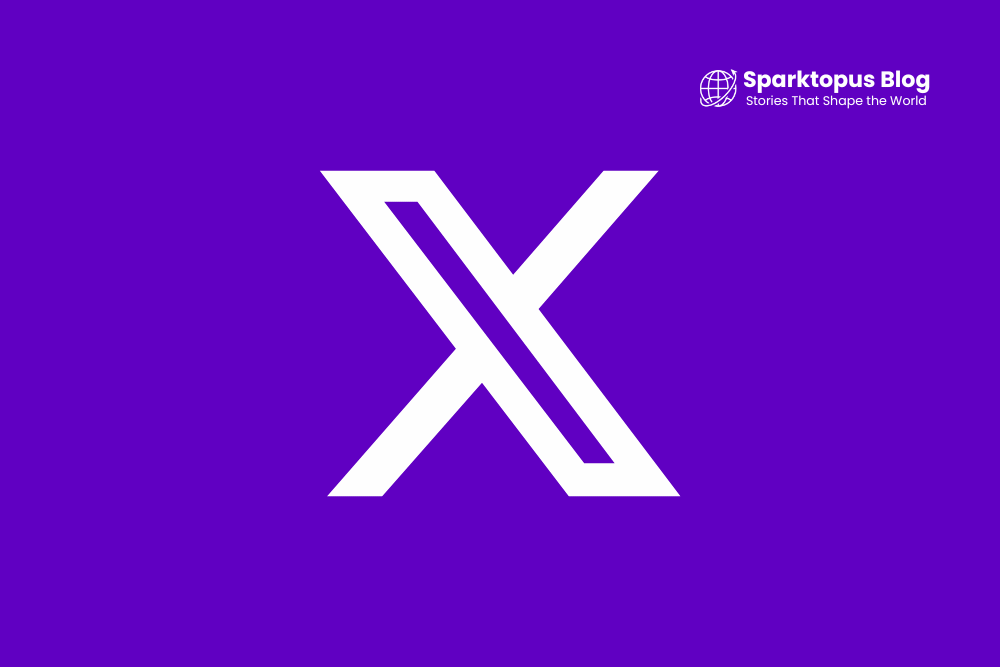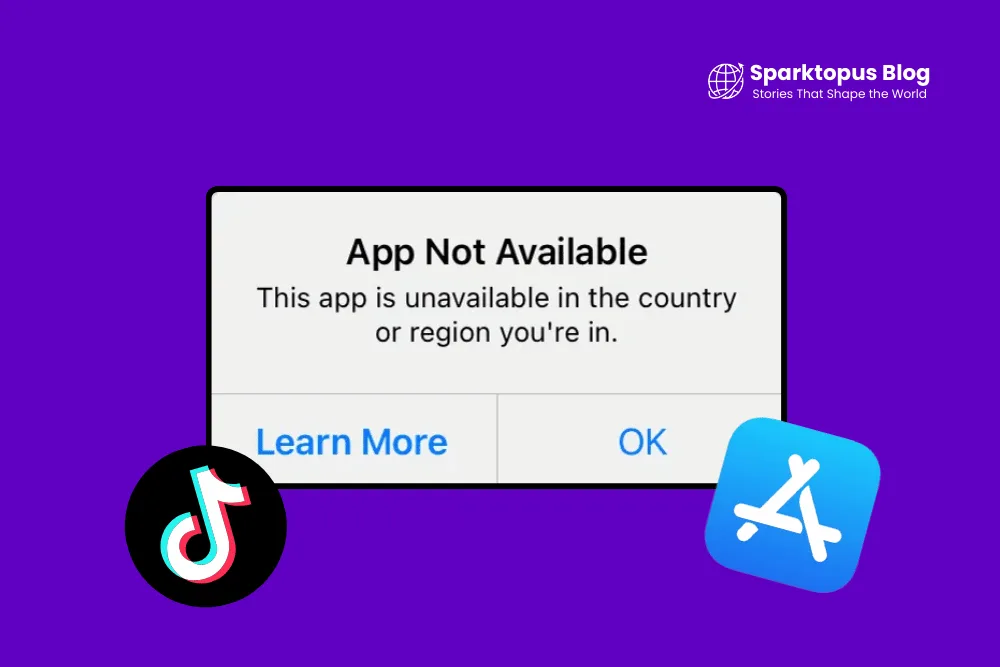- Top 10s

Top 10 Richest Musicians in the World 2025
The music industry has always been a lucrative space, but in 2025, the richest musicians…
Read More » -

-

-

-

-

Trending
- Biography

A Biography of Elon Musk: Early Life, Tech, and Space Vision
Elon Musk is a name synonymous with groundbreaking innovation, technology, and ambitious ventures that continue to redefine industries around the globe. Born on June 28, 1971, in Pretoria, South Africa, Musk’s extraordinary career as an…
Read More » -

-

-

-

| # | Coin | Price | Marketcap | Volume (24h) | Supply | Change | Last 24h |
|---|
- History

History of SpaceX: Revolutionizing Space Exploration
Space Exploration Technologies Corp., widely known as SpaceX, stands as a groundbreaking force in the aerospace industry. Founded by Elon Musk in 2002, SpaceX has transformed humanity’s approach to space exploration, with ambitious goals of…
Read More » -

-

-

-

- AI

History of DeepSeek: The Rise of a Chinese AI Platform
Discover the fascinating journey of DeepSeek, a Chinese AI platform revolutionizing technology and challenging global tech giants. From its humble beginnings to disrupting markets with advanced AI innovations, explore the history of DeepSeek and its…
Read More »
Faith & Spirituality
- Faith & Spirituality

Give Your Life to Christ: A Journey to True Fulfillment
Life is full of choices, and one of the most important decisions you can ever make is to give your life to Christ. This decision isn’t just about changing your habits or joining a church—it’s…
Read More »
- Politics

CFPB Shake-Up: Vought Takes Charge & DOGE Disrupts the Status Quo!
In a series of unprecedented moves, the Consumer Financial Protection Bureau (CFPB) has undergone significant leadership and structural changes. Russell Vought, recently confirmed as the Director of the Office of Management and Budget (OMB), has…
Read More » -

-

- AI

DeepSeek vs ChatGPT: Which AI Chatbot Is Best?
Artificial intelligence has revolutionized the way we interact with technology. But when it comes to DeepSeek vs ChatGPT: Which AI Chatbot Is Best?, users must consider factors like performance, accuracy, features, and usability to determine…
Read More » -

-

-

-

- Technology

Jeff Bezos’ Blue Origin vs. Elon Musk’s SpaceX
The competition in space exploration has reached new heights as Jeff Bezos’ Blue Origin emerges as a strong contender against Elon Musk’s SpaceX. The aerospace rivalry between these two tech giants is reshaping the future…
Read More »
- Health

HMPV Virus: Symptoms, Spread, and Prevention Tips
In recent months, a previously lesser-known virus, Human Metapneumovirus (HMPV), has captured the attention of global health authorities. With its…
Read More »





























